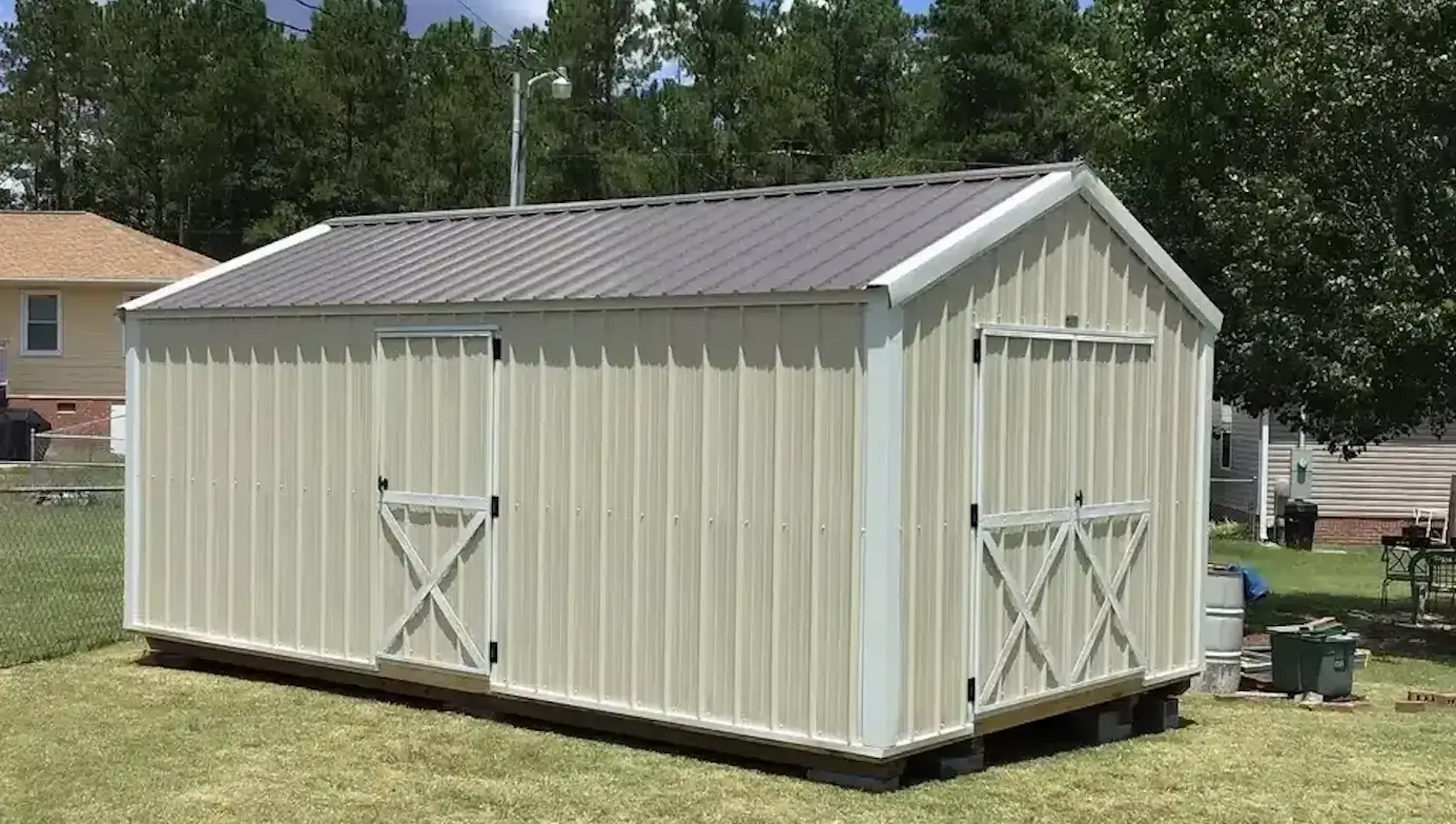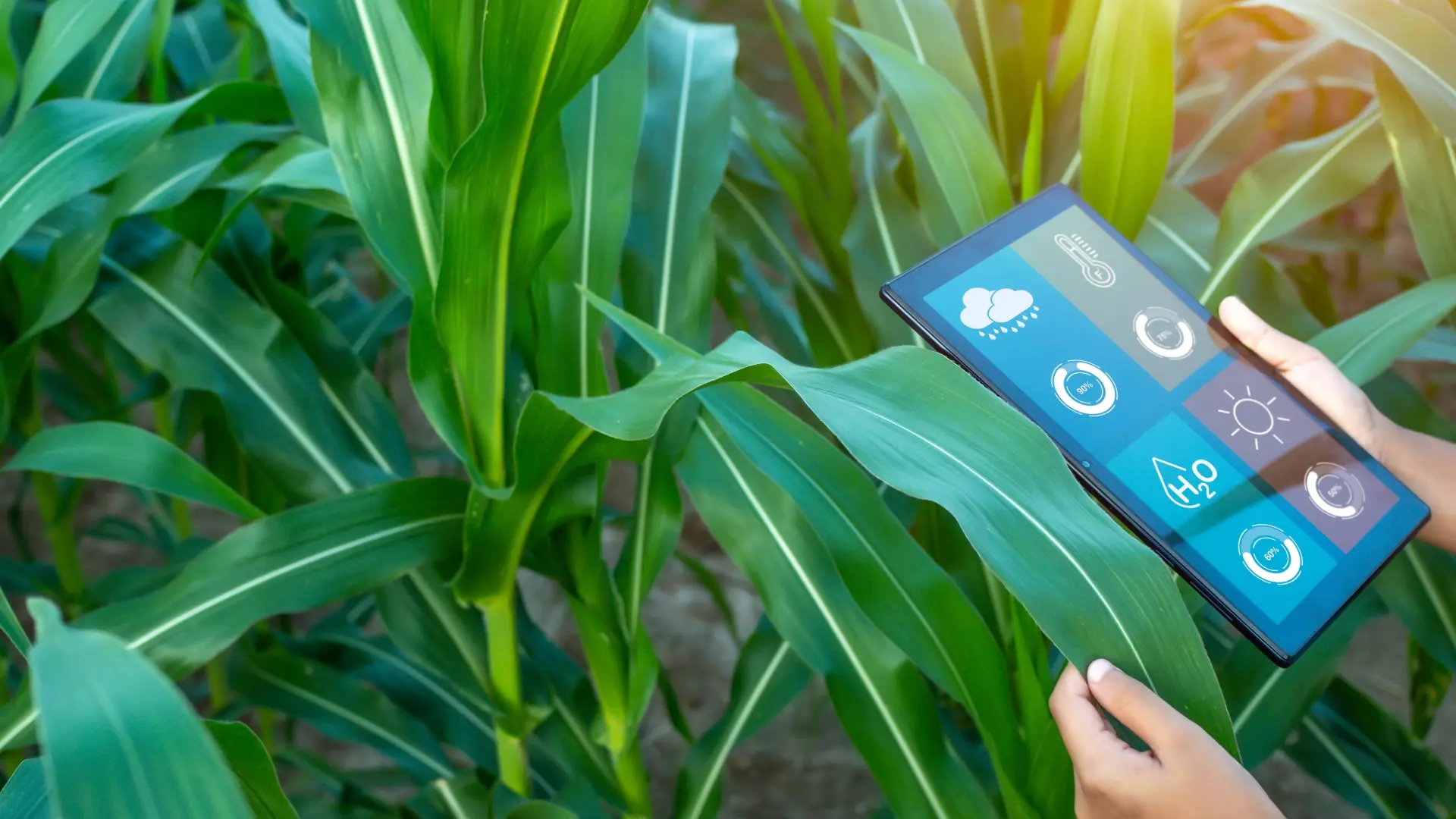
August 24, 2025

What if you could grow more, use less, and have complete control of your grow all without ever leaving your house? With modern agriculture progressing increasingly into controlled environments, precision has emerged as a critical factor to success. Whether it is smart lighting systems or big data fertigation and climate automation, growers today are adopting integrated technology that offers precision, automation, and value.
This is led by advancements in lighting technologies, nutrient delivery, and environmental control work together to maximize plant performance. Leading the evolution are forward-thinking companies such as TSRgrow, and Rhythm CSS, whose smart infrastructure solutions are helping growers grow smarter, not more.
Now, with intelligent cultivation — not guessing and hoping for the best — smart grows are no longer ahead of the curve; they are the curve. Here’s a look at how these technologies are rewriting what’s possible in agriculture today.
Carbon dioxide is not only a greenhouse gas but also a growth accelerant. In high-yielding farming conditions such as indoor and greenhouse facilities, CO₂ is a vital ingredient that alters photosynthesis, plant metabolism, and consequently, crop productivity.
With growers wanting to achieve higher yields in smaller spaces, supplementing with CO₂ is an effective way to achieve this. But like anything else you input, its efficacy depends on how it’s delivered and controlled.
When they are outside, plants obtain CO₂ from the atmosphere naturally. But in closed, contained indoor spaces, CO₂ disappears much faster as plants use it up, a depletion that can slow down photosynthesis and stunt growth.
Controlled CO₂ enrichment has some significant advantages:
In controlled environments optimal CO₂ levels are usually between 1200-1500 ppm, in stark contrast to the level of CO₂ that you’d find outdoors of approximately 400 ppm.
As effective as CO₂ enrichment is, the classic approach can have its obstacles:
| Issue | Impact on Grow Operation |
|---|---|
| Manual Control | Inconsistent CO₂ levels |
| Heat from Generators | Increased cooling costs and stress on plants |
| Uneven Distribution | Variable plant growth and yield losses |
To gain the most out of that CO₂, growers need smarter, integrated delivery systems that deliver consistent, safe and cost-effective supplementation in conjunction with environmental control.
Light is the engine of photosynthesis, and optimizing it is key to higher yields and healthier crops. With smart lighting systems, growers can look beyond just “on” and “off.” These systems supply certain light spectrums, quantities, and lengths for every growing stage.
Key benefits of smart lighting systems:
Smart lighting bridges the gap between natural sunlight and scientific precision, ensuring your plants get exactly what they need, when they need it.
TSRgrow doesn’t just sell lights—they engineer full-spectrum cultivation success. Their TOTALgrow Solution brings together LED lighting, remote power, crop steering and environmental control into one intelligent, intuitive system. No wonder why farmers chose them as Cultivation Software of the Year at the 2024 Emjays.
What makes TSRgrow lighting solutions stand out:
TOTALgrow Solutions are ideal for:
| Feature | Traditional Grow Lights | TSRgrow TOTALgrow Solution |
|---|---|---|
| Energy Efficiency | Moderate | High |
| Spectrum Customization | Limited | Full-spectrum, crop-specific |
| Remote Power | No | Yes |
| Crop Steering Capabilities | No | Yes |
| Customer Support | Basic | Expert guidance + local support |
TSRgrow gives growers everything they need to cultivate smarter, scale faster, and get more reliable harvests – furthering the 15-year legacy of guaranteed results and development.
For growers, it’s all about timing and balance. With a high-frequency irrigation frequency, it appears you are able to precisely align nutrients, water, and environmental conditions to give plants the uniformity that is required for them to thrive. Rhythm CSS combines all of these inputs and modes together on one platform designed to maximize your growth.
Juggling multiple systems is out. By using Rhythm, growers can control fertigation schedules, environmental settings, and more, all through one user-friendly setup. Everything is tracked, measured, and optimized so that your efforts match with every phase of growth.
Plants grow better than they ever have when nutrients are delivered right when plants need them, irrigation is timely, and environmental conditions are optimum — you don’t just grow better plants. You get smart, quick, and efficient.
At the heart of Rhythm CSS is an unwavering commitment to control and clarity. Their precision fertigation systems and environmental controls are more than delivering water and nutrients—they are giving growers the data and the automation to do it perfectly.
From inline injection to batch mixing and recirculation systems, Rhythm provides the widest variety of fertigation solutions in the industry. Every design can be customized to suit your unique farm background and growing preferences.
Fertigation system options include:
The actual power, however, is in Rhythm’s sophisticated software. With full-system dashboards, flexible scheduling tools, remote access, and full system monitoring, cultivators' daily lives without compromising the overall opportunity. Every recipe — from nutrient programs to climate controls — is logged, scheduled, and repeatable from harvest to harvest.
What sets Rhythm’s controls apart:
Pair this with Rhythm Analytics, and you can assess trends, optimize resource use, and move from a reactive to a proactive cultivation strategy.
In current agriculture, segmented systems of land use are on the wrong side. The result is that when fertigation, climate control, and data analysis are managed independently, efficiency decreases (just as does consistency). Consolidating nutrient delivery, climate control, and production tracking under one roof gives growers total control over their farm. Water flows to airflow, nutrient precision to environmental stability, it’s all in sync.
Full-system integration does not just simplify — it transmogrifies. It opens the door to world-class analysis and automation technologies so you can do more, far more, with your data.
Seamless Operations
No more leaping between separate systems. From irrigation to air flow, everything is directed from a single console, which cuts down mishaps and improves reaction time.
Actionable Insights
Rhythm’s analytics engine delivers concise information about fertigation costs, environmental performance, and system performance. Let yourself adjust and feel good about the choices you make.
Automated Efficiency
Set it and let it run. Scheduling and automation are done in, you can keep your growth on track, even when your team is juggling other priorities.
Consistency Across Crops
Develop reliable recipes, recycle them, stabilize the growing environment, and achieve uniform results from room to room, year-round.
Scalable Control
Rhythm's system grows with you as your facility grows. And when you’re managing a single room or a multi-acre facility, integration keeps everything synced.
With full-system integration, you’re not just controlling a place for plants to grow; you’re directing a high-performance, data-fueled grow operation designed for long-term success.
Smarter integration of CO₂ and light is redefining the future of agriculture. Supported by ground-breaking technology from TSRgrow, and Rhythm CSS, growers can now grow with a level of control never seen before. From optimizing photosynthesis to synchronizing nutrient delivery and environmental settings, the era of intelligent farming is here. Full-system integration is not just a competitive advantage—it is the key to consistent, high-yield success in today’s cultivation.
Disclaimer: This material is for informational purposes only and should not be relied on for legal, medical, financial, or any other form of professional advice.
Sources:
National Library of Medicine - Feeding the world: impacts of elevated [CO2] on nutrient content of greenhouse-grown fruit crops and options for future yield gains
Science Direct - Fertigation management for sustainable precision agriculture based on Internet of Things
Smart lighting systems like TSRgrow’s TOTALgrow provide tailored light spectrums and intensities for each growth phase. This targeted approach enhances photosynthetic efficiency, minimizes energy waste, and leads to healthier plants and improved yields.
Absolutely. Rhythm CSS offers highly adaptable fertigation and climate control systems that scale from compact grow rooms to expansive, multi-acre facilities. Its integrated software and hardware support a wide range of crops and cultivation methods.
Direct Air Capture (DAC) is a process that extracts CO₂ straight from the air. Skytree’s DAC solutions provide a scalable and sustainable means to enrich the growing environment with CO₂ for increased plant growth and yield, without the drawbacks of traditional methods of CO₂ delivery.